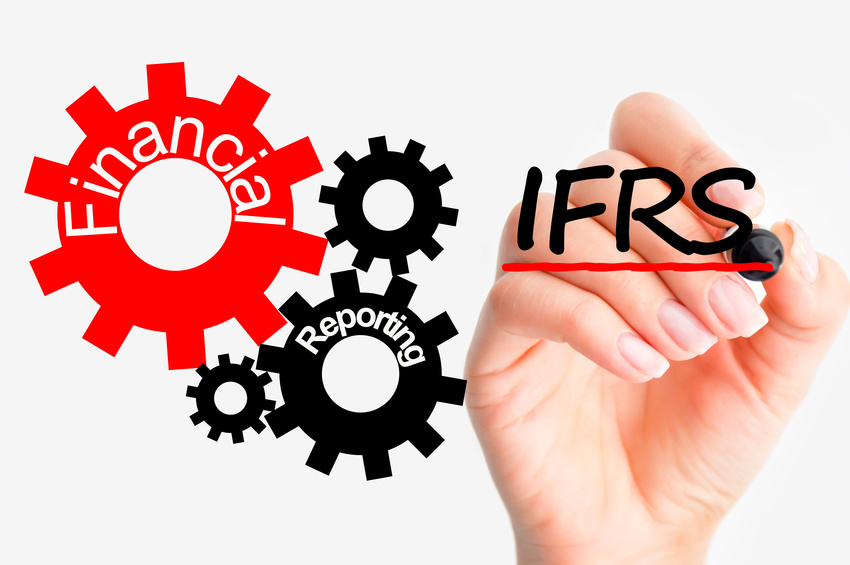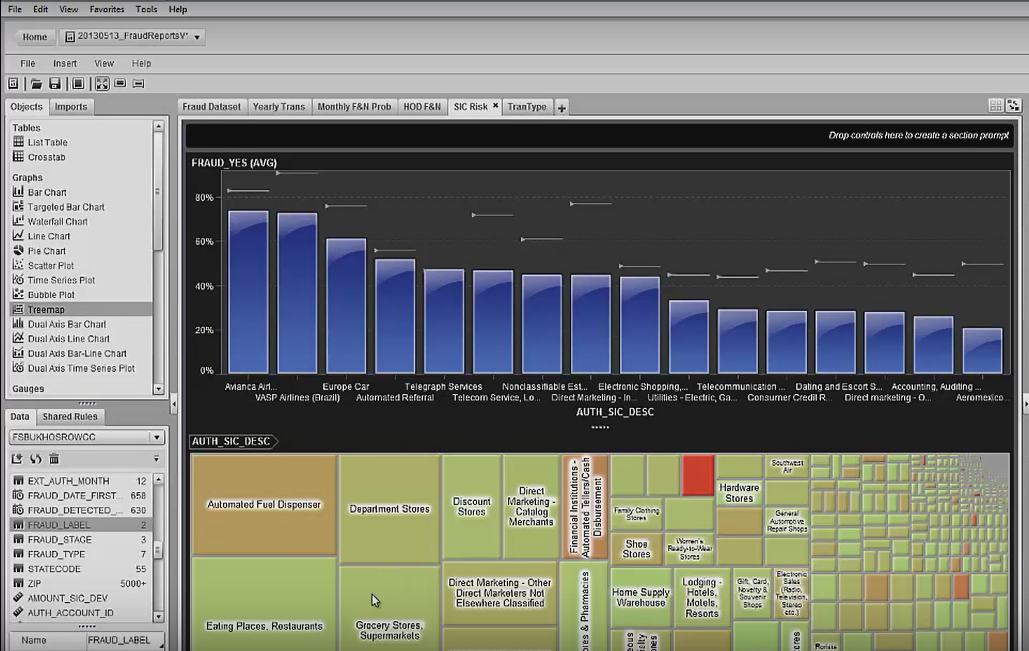
앞선 두번의 연재를 통해 자금세탁 방지 기술이 향후 어떤 방식으로 발전되어갈 것인지, 금융기관이 현재 운영중인 자금세탁 환경을 앞으로 어떻게 변화시켜 나가야 하는지를 살펴보았습니다. 이를 위해 SAS는 ‘AML Compliance Analytics Maturity Model’을 제시했고, Maturity Model의 단계를 소개함으로써 현재 각 금융기관이 AML을 위해 내부적으로 어느 정도 데이터 분석을 적용하고 있는지에 대한 자체

앞선 두번의 연재를 통해 자금세탁 방지 기술이 향후 어떤 방식으로 발전되어갈 것인지, 금융기관이 현재 운영중인 자금세탁 환경을 앞으로 어떻게 변화시켜 나가야 하는지를 살펴보았습니다. 이를 위해 SAS는 ‘AML Compliance Analytics Maturity Model’을 제시했고, Maturity Model의 단계를 소개함으로써 현재 각 금융기관이 AML을 위해 내부적으로 어느 정도 데이터 분석을 적용하고 있는지에 대한 자체
지난 1회에서는 날로 진화하는 자금세탁 유형에 스마트하게 대응하며 자금세탁 방지 의무를 준수하는 데 AI(인공지능)와 ML(머신러닝)이 어떤 도움을 줄 수 있는지, 그리고 이를 활용하는 전략으로 AML Compliance Analytics Maturity Model을 소개했습니다. 이번 글에서는 AI와 ML을 도입하기 위한 준비 단계인 ‘데이터 품질’에 이어, 나머지 성숙도 단계를 소개합니다. Level 1. 행동 모델(Behavioral Modeling)

The introduction of the Financial Conduct Authority (FCA)’s new policy on pricing practices in the general insurance market is one of the biggest shake-ups the insurance industry has seen in more than a decade. It’s not just a significant implementation challenge that needs to be delivered in a short deadline.

As delinquencies rise in the wake of COVID-19, lenders must harness technology to orchestrate omnichannel contact strategies.

COVID-19 is triggering a debt collection crisis for UK banks. How can collections teams control an explosion in delinquent accounts?

Meet Jim West in our first post in the new Humans of SAS Services series.

Surprise! The data team does more than you think to implement certain legislative actions.

The broad CCPA definition of personal information could open a can of worms for compliance and governance.

David Loshin examines various aspects of data governance that are essential for regulatory compliance.

Joyce Norris-Montanari shares tips to help those who are still working to address GDPR requirements.

Im Rahmen meiner Tätigkeit im Vertrieb von Compliance-Software-Lösungen bin ich hauptsächlich im Bankensegment unterwegs, zunehmend aber auch bei Versicherungen. Dank kluger CRM-Systeme wird mir bewusst gemacht, dass ich in acht Jahren etwa 1.600 Gespräche mit den Verantwortlichen für Geldwäsche- und Betrugsprävention geführt habe. Das ist unfassbar. Wir „Vertriebler“ produzieren zwar

Einschränkungen durch starre Strukturen und Prozesse Die Abläufe im Kreditrisiko basieren oft noch auf alten Strukturen und Prozessen. Das betrifft die Methodik und die darunterliegende Technologie, aber auch die organisatorischen Prozesse und Informationsaufbereitung für die Entscheidungsträger. Geschwindigkeit und Flexibilität sind gefragt Dabei werden die Anforderungen der Regulatorik, aber auch der

Todd Wright says addressing GDPR compliance might be just the catalyst the insurance industry needs.

IFRS17 hat weitreichende Auswirkungen und bedarf umfassender Änderungen und Anpassungen im Finanz-Reporting von Versicherungen. Bezogen auf die IT-Landschaft sind insbesondere die beteiligten Accounting-Prozesse und -Systeme betroffen. Dazu gehören aber nicht nur das Hauptbuch und die Reporting-Anwendungen, sondern auch Quellsysteme und aktuarielle Systeme. Einführung neuer IFRS17-spezifischer Funktionen Die Prozesse und die

Ivor Moan explains how SAS Data Management software can help you address GDPR requirements.

Todd Wright explains what GDPR means and shows how SAS can help you prepare for it.

Dieser Weg … Kann er leichter sein? Regelmäßig begeben wir uns in ein Hamsterrad. Für die Erfüllung von Regulatorik und Compliance sind auf dem Weg bis zum Reporting viele vorgelagerte Schritte notwendig. Diese zu bewältigen, ist sehr mühsam: Die beteiligten Fachbereiche und Systeme sind meist sehr heterogen aufgestellt, die Prozessschritte

Like getting into good shape, Jim Harris says we must carefully measure adherence to regulatory compliance – using both internal and external measures.

From national security agencies, law enforcement organizations looking to terrorism and criminal activities, internal security, audit and compliance departments, to hospitals and public health organizations guarding against disease outbreaks, there are many common needs and constant challenges, e.g.: Detect an event of interest in the early stages. Investigate suspicious events

Platform and strategy are core to compliance, but Jim Harris says commitment from people across the organization is just as important and harder to achieve.

David Loshin describes three sets of policies required for ensuring compliance with data protection directives for health care.

.@philsimon raises some chilling questions about the IoT and current threats.

At its core, data compliance is built on simple foundations. Dylan Jones closes this series by explaining the remaining components of the "4F framework."

To show how they're compliant with regulatory mandates, organizations first need an enterprise data strategy. Joyce Norris-Montanari discusses the issues.

.@philsimon advises to be wary of those promising obvious and facile solutions to increasingly challenging governance and privacy issues.

Health care fraud prevention is a sticky topic. David Loshin discusses what's needed to balance prompt claims payments with fraud prevention efforts.

As you work toward data compliance, Dylan Jones says keep it simple – start with the 4F’s: Function, Flow, Form, Foster. Part 1 looks at the first two.

Corporate compliance with an increasing number of industry regulations intended to protect personally identifiable information (PII) has made data privacy a frequent and public discussion. An inherent challenge to data privacy is, as Tamara Dull explained, “data, in and of itself, has no country, respects no law, and travels freely across borders. In the

The term compliance is most often associated with control. It evokes visions of restrictions, regulations and security protecting something which is to remain private. The term open is most often associated with access, and it evokes visions of an absence of restrictions, regulations and security – making something available which is

.@philsimon chimes in with trust- and privacy-related recommendations